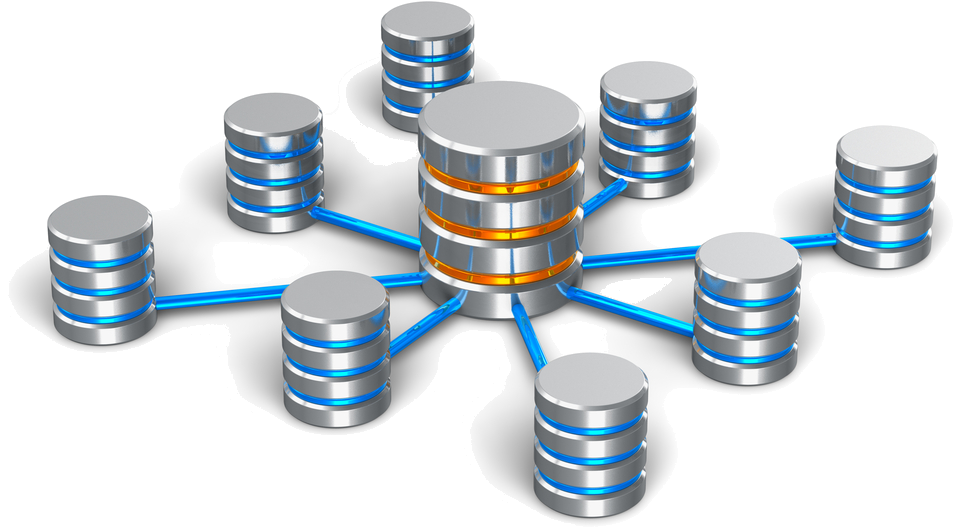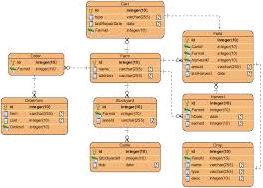Often we need work on existing database schema. How to quickly master the database structure can be a challenge since we might not be able to get the data model ERD diagram from project repository.
However, as long as you get access to the database, then you should be able to generate the data model using SchemaSpy. SchemaSpy is LGPL-based, developed by John Currier in 2004. It has been improved constantly since then.

SchemaSpy is written in Java and deployed as a jar file. Current version is 6.1. It’s a command line tool. The output is a folder with html and other files which outline the database tables, views and their relationships. But before you run, you need have JDBC driver and GraphViz ready...
Read More


